Thaddeus (Tadeusz) Holownia (b.1949, Bury St. Edmunds, England)
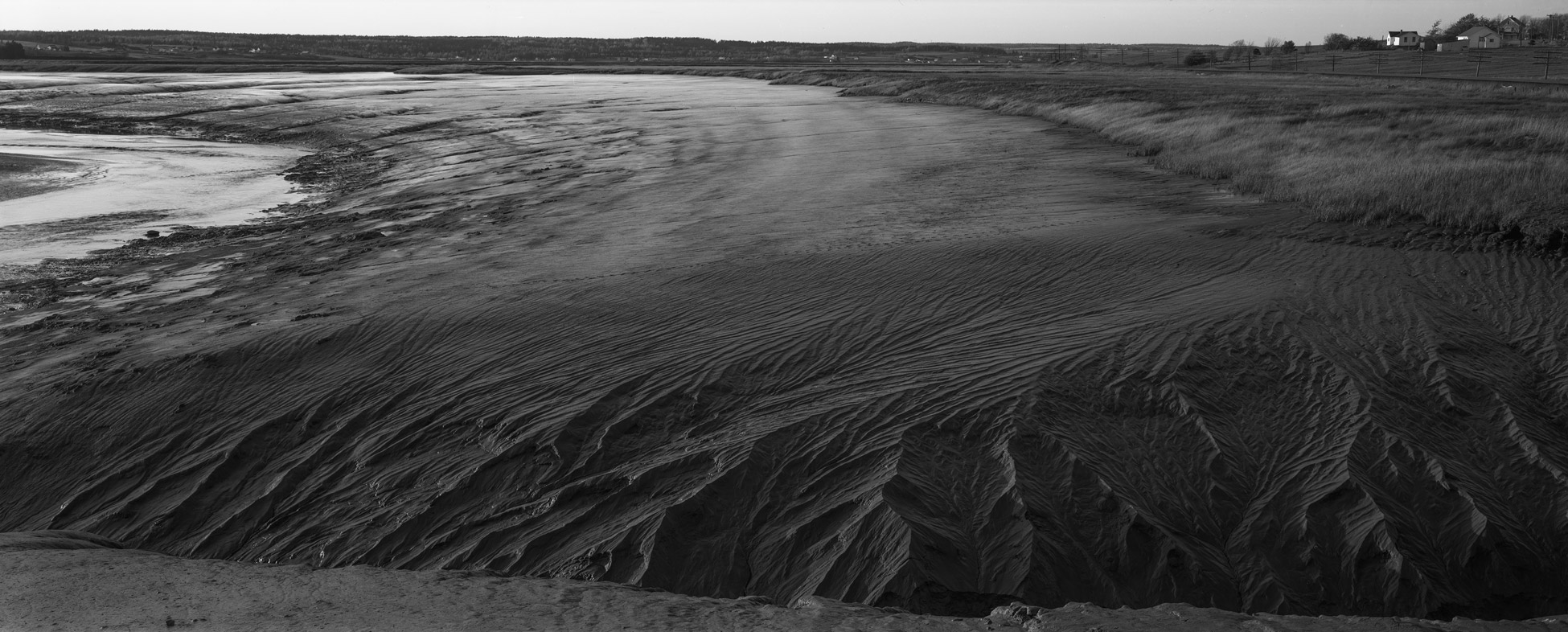
Lower Dorchester, October 1980
Gelatin silver print, 20.3 x 47 cm; image: 16.5 x 40.5 cm
CMCP Collection, National Gallery of Canada, Ottawa
In the dramatic image of a New Brunswick coastline titled Lower Dorchester, Thaddeus Holownia (b.1949) does not follow the usual landscape conventions by offering us a soaring vista or clear focal point. Instead, he sets us right in the tidal muck, encouraging us to look carefully at the details of the constantly shifting environment. The work is a notable example of the artist’s photographs focused on place, histories of land use, architecture, and the impact of European settlement. Grounded in the landscape of the east coast, Holownia is known for his work featuring the environment, a decades-long exploration that has taken on great urgency in recent years.
Born in England, Holownia immigrated to Canada as a child and studied fine arts at the University of Windsor while taking courses in communication arts. After university, he joined the vibrant Toronto art scene of the 1970s and used his commercial skills as a film editor. Among the work he produced at that time were portraits of people posing with their cars in older urban areas that had been abandoned in favour of the car-friendly suburbs; two works known as Untitled, 1974–77, are among them. In 1977, Holownia took up a teaching position at Mount Allison University in Sackville, New Brunswick, and he has lived and worked in the Maritimes ever since.
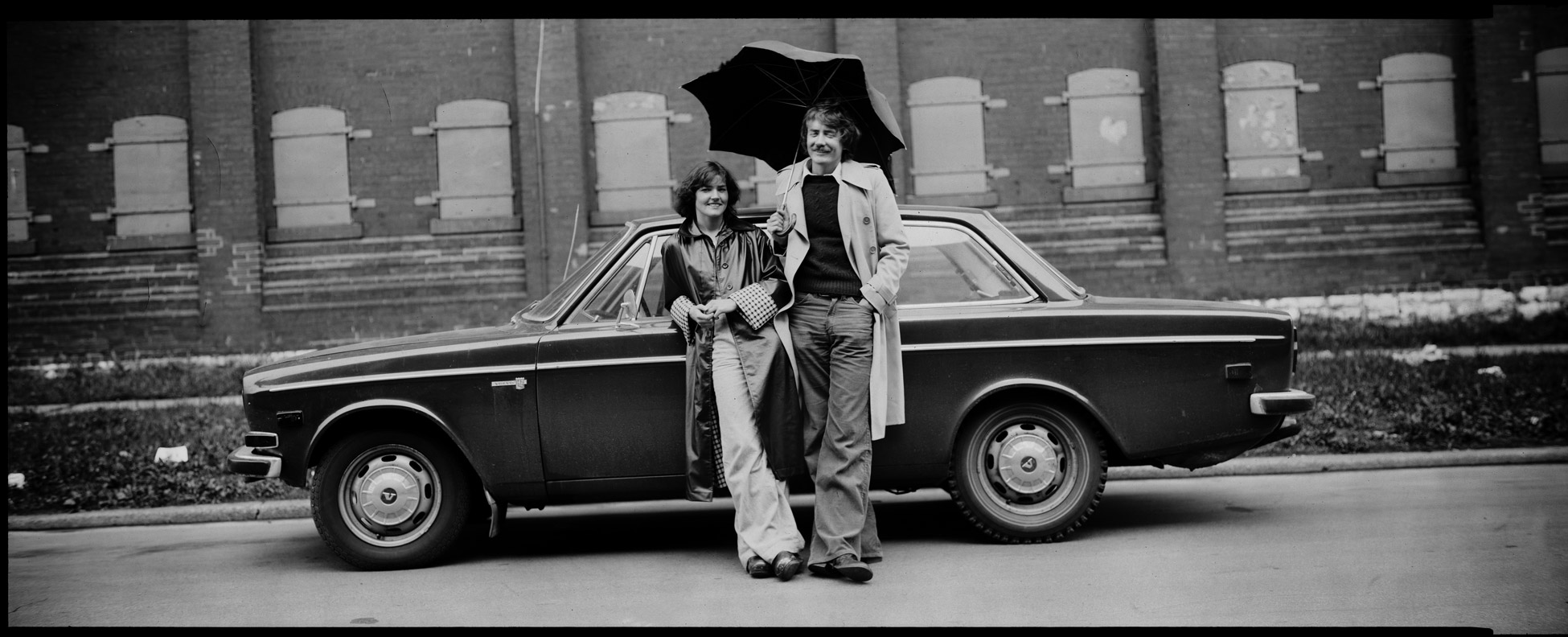
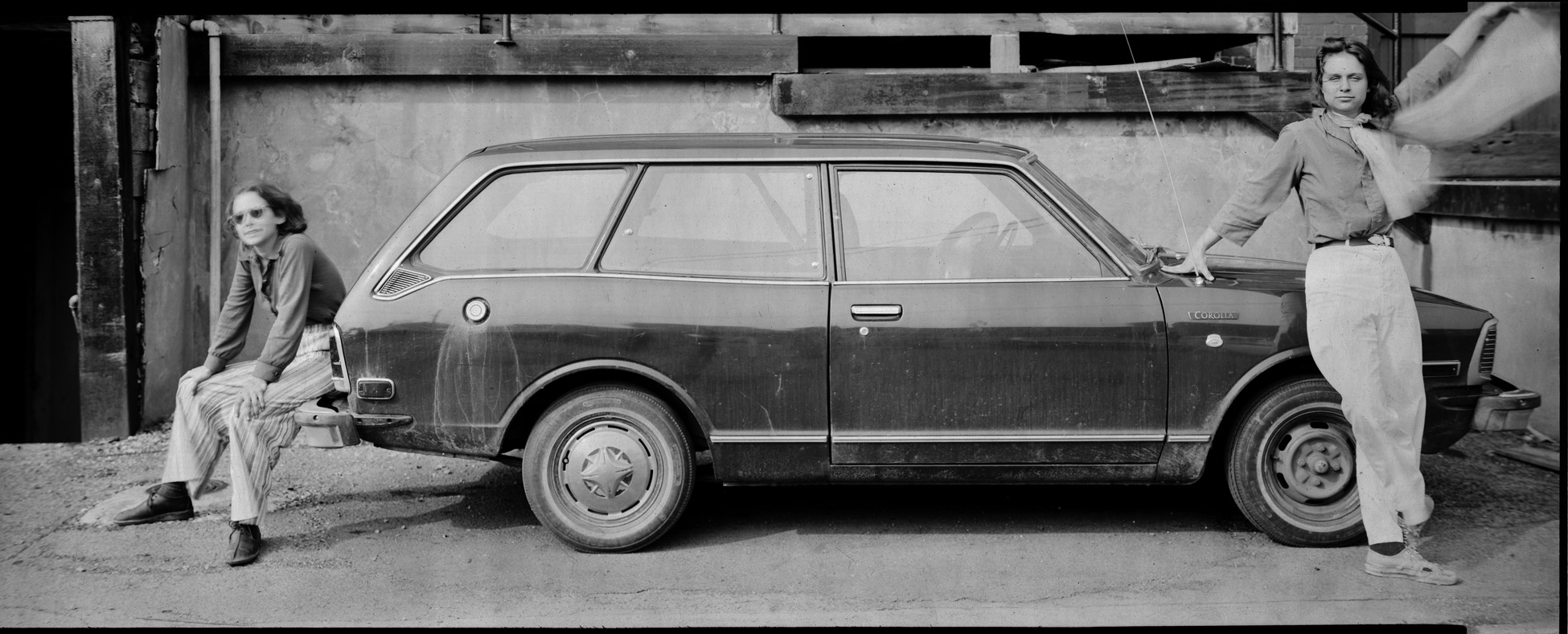
Holownia often returns to the same site to photograph transformations and create portfolios of particular subjects over time. He uses a large-scale view camera to capture minute details of wind and light, producing crisp black and white panoramic images, sometimes collaborating with writers and poets on books and exhibitions. In 1977, Holownia began to photograph the Tantramar marshes around Sackville. Acadian settlers began to reclaim these areas in the seventeenth century by building dykes to protect their communities from the tides of the Bay of Fundy. These photographs trace the delicate balance between powerful natural forces and human efforts to control those forces; in 1989, Holownia published them in a book titled Dykelands.
A critic describes Holownia’s meditative work pre-1989 as capturing the “slow violence” of environmental disaster. More recently, Holownia’s projects on this theme have become more urgent and he has started to use colour in his meditations on the escalating pace of environmental degradation.

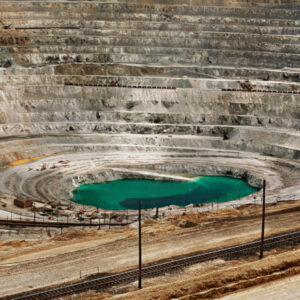 About the Authors
About the Authors
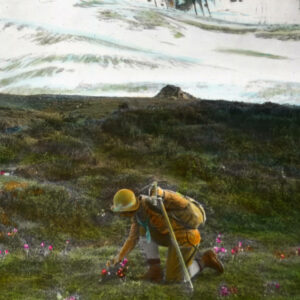 More Online Art Books
More Online Art Books
 Acknowledgements
Acknowledgements